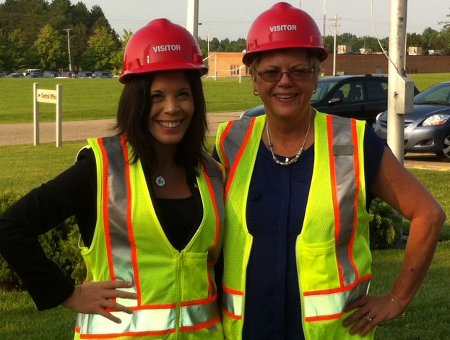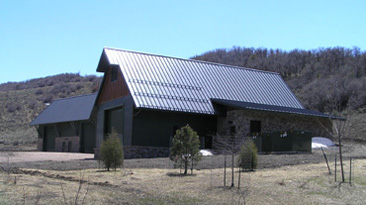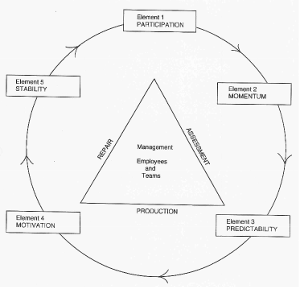
CSEPP’s citizen-driven approach to project planning in the right-of-way sector secures many benefits to clients. Explore each in the accordion boxes below:
Featured right-of-way projects
The Holy Cross Energy Experience – Building a Transmission Line and Sub-Station at Snowmass, Colorado

CSEPP associates working with our partner organization, James Kent Associates (JKA), implemented the principles of social ecology to transform a divisive power transmission corridor project into a successful, culturally aligned infrastructure project. The disruption-free sub-station and underground power line project are the result of Holy Cross Energy risking a different approach to project approval. As Richard Brinkley said after the approvals from both governments were final: “In the end we could have legally persisted and could have been the last one standing in a terrible fight, but this way — we all feel good about each other and the project, have built long term relationships, learned from each other — citizens, government, HCE. We at Holy Cross have enhanced our commitment as a co-op to “listen to our membership.” Read the full project report
CSEPP and JKA principals use social ecology to facilitate a management shift at the Tanguisson Power Plant, Guam

The Guam Power Authority (GPA) entered into a contract with HEI Power Corporation/Guam (HPG) on September 30, 1996 to have the latter take over the management of the Tanguisson Power Plant. CSEPP generates data for assessing cultural and social issues by using a method known as the Discovery Process which allows interviewers to access informal or formal social situations and discover the natural dynamics of how people communicate and relate to each other. The process yielded high-value recommendations to project leaders including: Encourage An Emergent Management Style,Encourage Participation as the Vehicle to Increased Predictability, Make Use of Existing Informal Employee Networks, and Improve Measures for Employee Safety to Improve Morale. Read the full project assessment report and recommendations
Comparison of CSEPP’s and traditional right-of-way approaches
[easy-pricing-table id=”4021″]
CSEPP’s Right-of-way Training
CSEPP is actively involved in training a new generation of right-of-way professionals whose work is rooted in meaningful community collaboration and partnership.
Conference Presentations and publications
Presented two-hour sessions on Social Ecology, representing best practices in citizen engagement, at several conferences of International Right of Way (IRWA), Inc. Published 27 articles in a regular column for Right of Way magazine entitled, “Social Ecology: the Science of Community.” In an unprecedented move, IRWA published these 27 articles in a stand-along anthology for distribution to its membership.
Right-of-way professional development
CSEPP developed and implemented a one-day and a two-day course in Social Ecology which were piloted in three locations between 2014 and 2016. Beginning in 2017, implemented a training program for IRWA members for the Social Ecology course, which is now required for certification of members. As certification is the main motivation of professional to join IRWA, we could expect up to 10,000 people to sign up for this program in the next few years.
